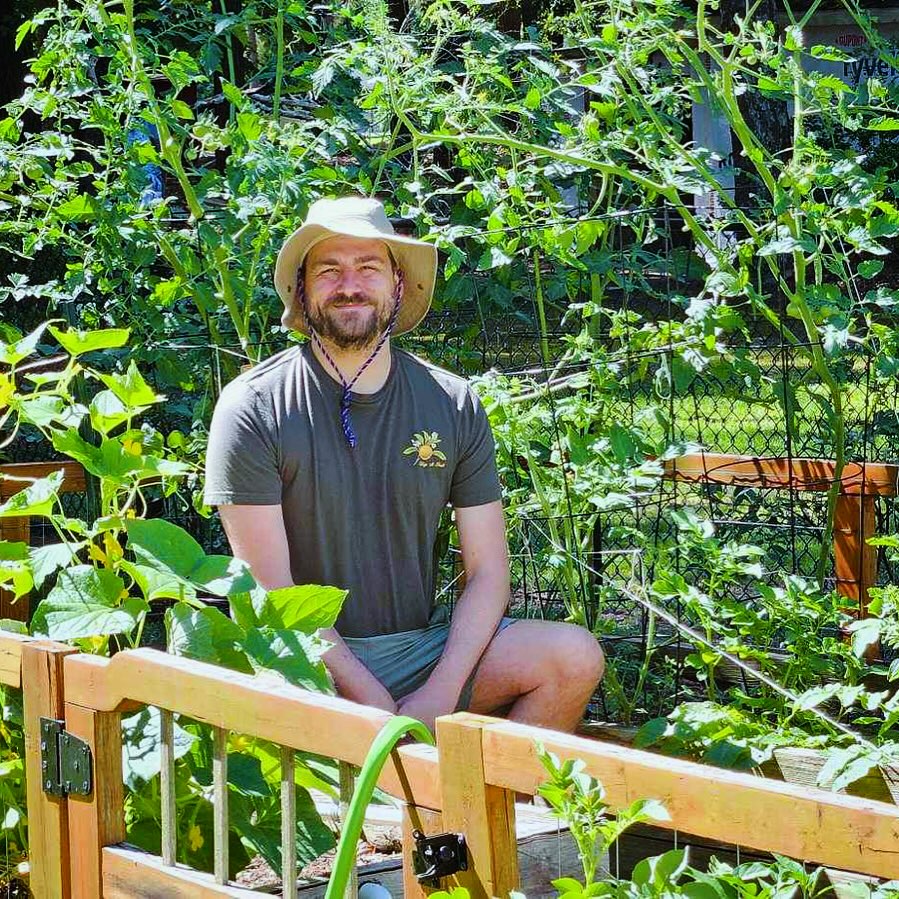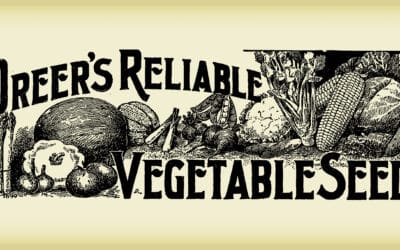Gardening is both an art and a science, a process where beauty meets biology. Yet, many enthusiasts find themselves battling the difficult challenge of poor soil quality.
This struggle often exists as water that runs off too quickly or nutrients that seem to disappear into thin air, leaving plants thirsting for more despite our best efforts.
The solution? A gardening tool known as soil conditioner.
This article reveals the secrets behind soil conditioners, your ultimate tool for enhancing water retention and boosting nutrient availability, transforming your plot into a healthy garden.
TL;DR
We aim to:
- Highlight the importance of soil conditioners in improving garden soil health, focusing on enhancing water retention and nutrient availability.
- Discuss various types of soil conditioners, including organic and inorganic options, tailored to address specific soil deficiencies.
- Provide application tips for both new and established gardens to maximize the benefits of soil conditioners.
- Emphasize eco-friendly soil conditioning practices, advocating for the use of organic amendments to support sustainable gardening.
- Encourage mindful selection and application of soil conditioners based on specific garden needs, promoting a balance between garden health and environmental sustainability.
Understanding Soil Conditioners
Soil conditioners are akin to a health supplement for your garden. Just as vitamins can enhance our wellbeing, conditioners improve soil health, making it more conducive for plant growth.
These conditioners come in various forms, including organic options like compost, peat moss, and biochar, and inorganic amendments such as perlite and gypsum. Each serves a unique purpose, from improving aeration to enhancing nutrient content, tailored to address specific soil deficiencies.
In my experience, starting with a patch of land that was more like a desert than fertile soil, the introduction of organic matter was game-changing. It was like watching the land come to life, with each application of compost and biochar marking the beginning of a lush, green era. Help your own land come to life by using Farmer’s Secret Soil Revitalizer. We also recommend you try Ribbon Organics OMRI Certified Organic Compost.
As an Amazon Associate we earn from qualifying purchases
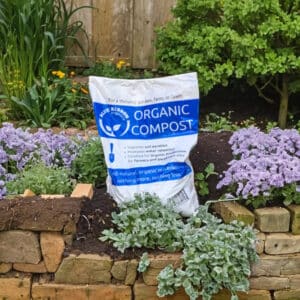
Ribbon Organics OMRI Certified Organic Compost
Brand: Blue Ribbon Organics
Item Weight: 7.9 Grams
Item Volume: 7.9 Gallons
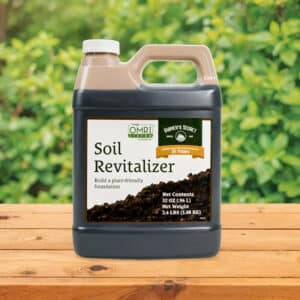
Farmerʼs Secret Soil Revitalizer
Brand: Farmer’s Secret
Item Weight: 12.8 ounces
Item Volume: 1 Gallons
Improving Water Retention
For those battling sandy soil, which drains faster than a sieve, the right conditioner can be a game-changer.
Adding organic matter increases the soil’s ability to hold water, ensuring that moisture and nutrients stay within reach of thirsty roots.
Biochar, with its porous structure, acts as a reservoir, keeping water and nutrients accessible longer than traditional organic amendments.
Boosting Nutrient Availability
The true magic of soil conditioners lies in their ability to transform the soil and make it rich in nutrients.
By using conditioners like greensand or gypsum, you’re not just improving the soil’s texture; you’re also enriching it with essential minerals. This nutritional boost is important for promoting healthy plant growth and ensuring that your garden is not just surviving but thriving.
A big moment in my gardening was realizing the importance of tailored amendments. The addition of gypsum to my clay-heavy soil didn’t just improve drainage; it felt like discovering a wealth of nutrients that had been trapped beneath the surface, inaccessible to my plants.
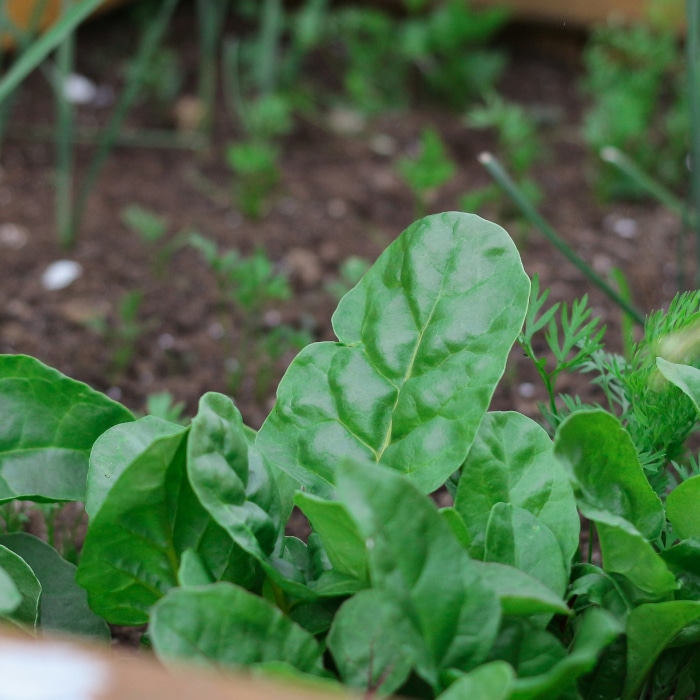
Application Tips for Maximum Benefits
Maximizing the benefits of soil conditioners requires a nuanced approach, tailored not just to the type of garden you’re cultivating but also to the unique characteristics of your soil.
Here’s how to get the most out of your soil conditioners for both new and established gardens:
For New Gardens
- Preparation Is Key: Before you plant a single seed, integrate soil conditioners into the garden bed. This foundational step ensures that your soil is primed for optimal growth. Use a tiller or garden fork to mix the conditioner deeply into the soil, creating a nurturing environment right from the start.
- Tailor to Your Soil’s Needs: Depending on your soil test results, choose a conditioner that addresses your specific issues. For example, if your soil is heavy and clay-like, gypsum can improve its structure, making it more friable and conducive to root growth.
For Established Gardens
- Seasonal Top-Dressing: Sprinkle a layer of compost or another organic conditioner over the soil surface around your plants. This method, known as top-dressing, slowly integrates nutrients into the soil without disturbing existing plant roots.
- Liquid Amendments: For a quick nutrient boost, consider liquid soil conditioners. These can be diluted with water and applied directly to the soil or even used as a foliar spray, providing plants with immediate access to essential nutrients.
- Consistent Monitoring and Adjustment: Observe your garden’s response to the applied conditioners and be ready to adjust your strategy. Soil conditions change over time, and what worked one season may need tweaking the next.
General Tips
- Less Is More: Start with smaller amounts of conditioner and gradually increase based on your garden’s response. Over-amending can lead to soil imbalances that may harm plant health.
- Timing Matters: Apply conditioners at the start of the growing season to prepare the soil for planting. For perennial gardens, early spring or fall, when plants are dormant, is ideal for soil amendments.
- Engage in Regular Soil Testing: Soil tests are invaluable tools that provide insights into your garden’s evolving needs. Regular testing, at least once every couple of years, can guide your conditioning efforts more effectively.
By adopting these practices, you’ll ensure that your garden not only thrives in the current season but also maintains its vitality and productivity for many seasons to come.
The key to success lies in understanding the specific needs of your garden and responding with a thoughtful, informed approach to soil conditioning.
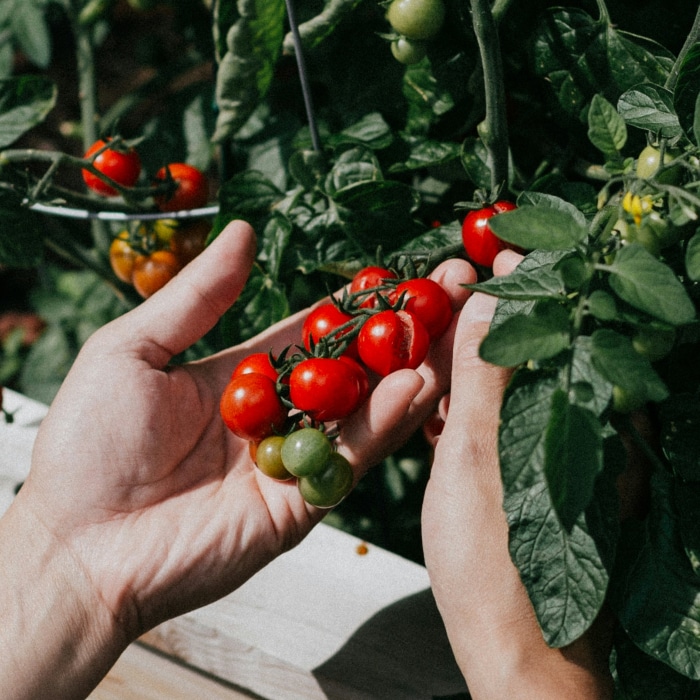
Eco-Friendly Soil Conditioning Practices
Adopting eco-friendly soil conditioning practices is a commitment to enhancing your soil, your garden’s health, and the planet’s wellbeing.
By choosing natural, organic amendments, you contribute to soil vitality and environmental sustainability.
These amendments, such as compost, biochar, and green manures, are created from recycled organic materials, helping to reduce waste and close the loop in a cycle of renewal.
Key Practices for Sustainability
- Composting: Transform kitchen and garden waste into rich, nutrient-packed compost, reducing landfill use and nourishing your soil.
- Cover Cropping: Grow nitrogen-fixing (learn more in how to add nitrogen to soil) and organic matter-rich plants in off-seasons to improve soil structure, fertility, and prevent erosion.
- Mulching: Use organic mulches to conserve water, suppress weeds, and gradually enrich soil as they decompose.
Mindful Application
Selecting the right conditioner based on your garden’s specific needs is essential for promoting soil health without overdoing it.
Whether it’s improving sandy soils with compost for better water retention or breaking up clay with organic matter, mindful application ensures you enhance your garden’s ecosystem sustainably.
Adding in these eco-friendly practices not only revitalizes your garden but also supports a healthier environment by fostering biodiversity, reducing waste, and contributing to carbon sequestration.
It’s a holistic approach to gardening that nurtures your plot and the planet alike.
Conclusion
Soil conditioners are not just a remedy; they are a garden’s best friend, offering a path to transformation that is both profound and sustainable.
By understanding and applying these secrets, you can unlock the full potential of your garden, turning challenges into triumphs.
Let’s embrace these tools, share our successes, and continue to grow our knowledge together.
Your garden is a canvas, and with soil conditioners, you have the power to create a masterpiece.



